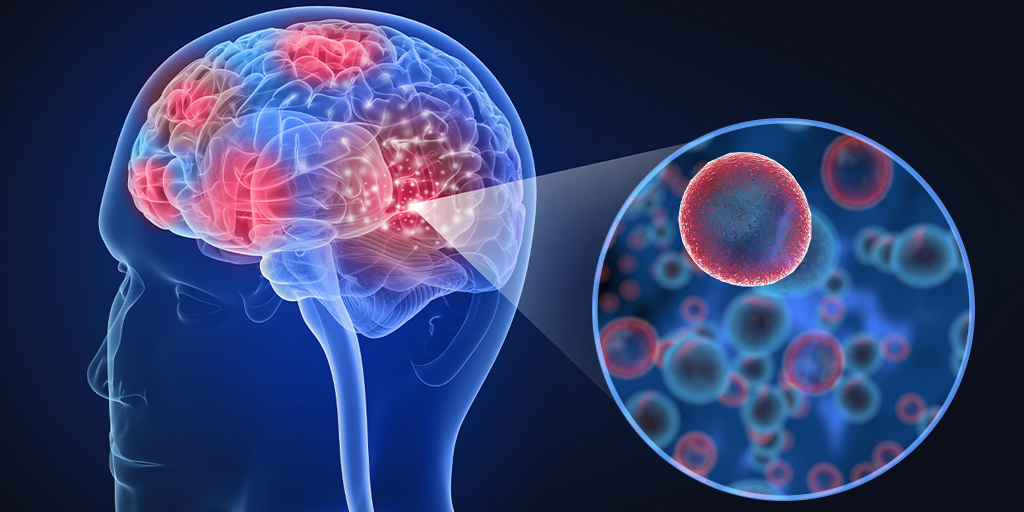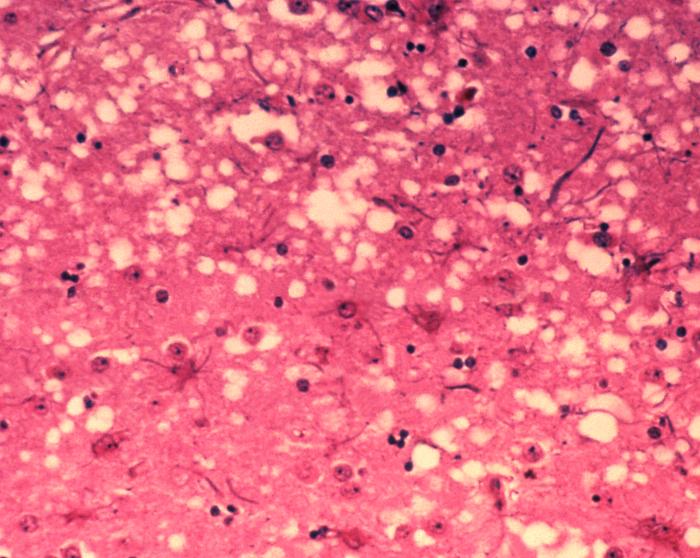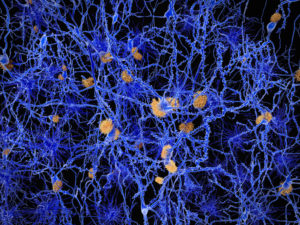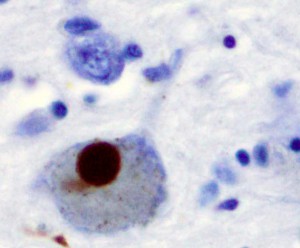
Alzheimer’s disease is a devastating, progressive degenerative brain condition that starts with mild dementia symptoms like memory issues and gradually worsens to the point where you can no longer communicate or care for yourself. For anyone with personal experience with it, Alzheimer’s looms like a specter over the natural process of aging.
In the beginning phase of Alzheimer’s, abnormal plaques of the protein, amyloid-β, develop. These protein clumps can accumulate for decades with no detectable impact on cognitive ability or brain health. Eventually, a second protein, tau, begins to gather and form intercellular, fibrous, tangles. It is with the formation of these tau tangles that symptoms first appear. The combined presence of these extracellular plaques and intercellular tangles are the hallmarks of Alzheimer’s disease.
Continue reading “T Cells Newly Discovered Role in Alzheimer’s and Related Diseases Could Offer Another Therapeutic Approach”



 Forgetting. Forgetting your address; your spouse; your children; your friends; your life. It is something that none of us want to think about, but it hangs over some of us like a specter. Can’t remember if you fed the cat? Where you put your car keys? Did you forget to pack your lunch or return a phone call? Maybe you are trying to do too many things at once, or maybe you are tired. There are lots of perfectly normal reasons why we all forget things from time to time, but every time I forget something there is a nagging voice in my head saying, “Maybe it is something else.”
Forgetting. Forgetting your address; your spouse; your children; your friends; your life. It is something that none of us want to think about, but it hangs over some of us like a specter. Can’t remember if you fed the cat? Where you put your car keys? Did you forget to pack your lunch or return a phone call? Maybe you are trying to do too many things at once, or maybe you are tired. There are lots of perfectly normal reasons why we all forget things from time to time, but every time I forget something there is a nagging voice in my head saying, “Maybe it is something else.” 